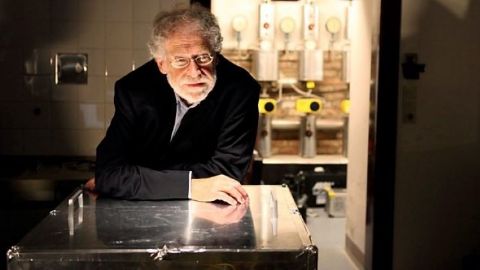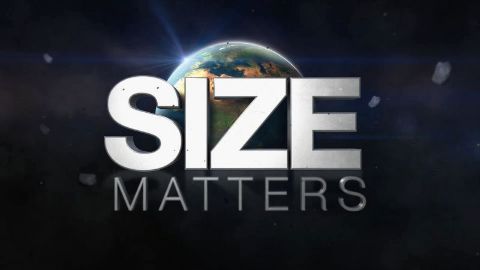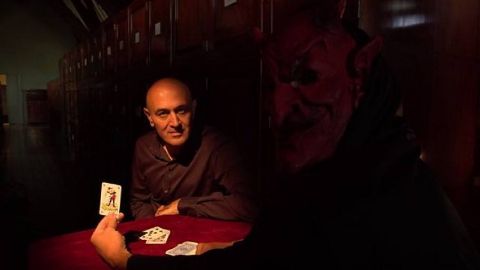That Shrinking Feeling • 2018 • episode "S1E2" • Size Matters with Hannah Fry
Hannah is going the other way by asking whether everything could, in fact, be smaller. But going smaller turns out not to be much safer... First, we shrink the Earth to half its size - it starts well with lower gravity enabling us to do incredible acrobatics, but things gradually turn nasty as everyone gets altitude sickness - even at sea level. Then we visit Professor Daniel Lathrop's incredible laboratory, where he has built a model Earth that allows us to investigate the other effects of shrinking the planet to half size. The results aren't good - with a weaker magnetic field we would lose our atmosphere and eventually become a barren, lifeless rock like Mars. In our next thought experiment, we shrink people to find out what life is like if you are just 5mm tall. We find out why small creatures have superpowers that seem to defy the laws of physics, meet Jyoti Amge, the world's smallest woman, and with the help of Dr Diana Van Heemst and thousands of baseball players reveal why short people have longer lives. Lastly, the Sun gets as small as a sun can be. We visit the fusion reactor at the Joint European Torus to find out why stars have to be a minimum size or fusion won't happen. And if our Sun were that small? Plants would turn from green to black, and Earth would probably resemble a giant, frozen eyeball. Which all goes to show that size really does matter.
Make a donation
Buy a brother a hot coffee? Or a cold beer?
Hope you're finding these documentaries fascinating and eye-opening. It's just me, working hard behind the scenes to bring you this enriching content.
Running and maintaining a website like this takes time and resources. That's why I'm reaching out to you. If you appreciate what I do and would like to support my efforts, would you consider "buying me a coffee"?
Donation addresses
BTC: bc1q8ldskxh4x9qnddhcrgcun8rtvddeldm2a07r2v
ETH: 0x5CCAAA1afc5c5D814129d99277dDb5A979672116
With your donation through , you can show your appreciation and help me keep this project going. Every contribution, no matter how small, makes a significant impact. It goes directly towards covering server costs.







